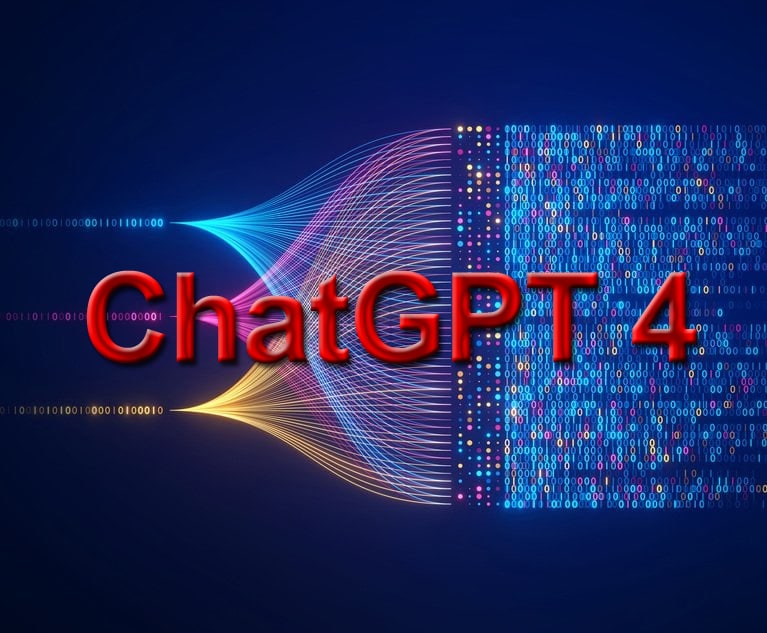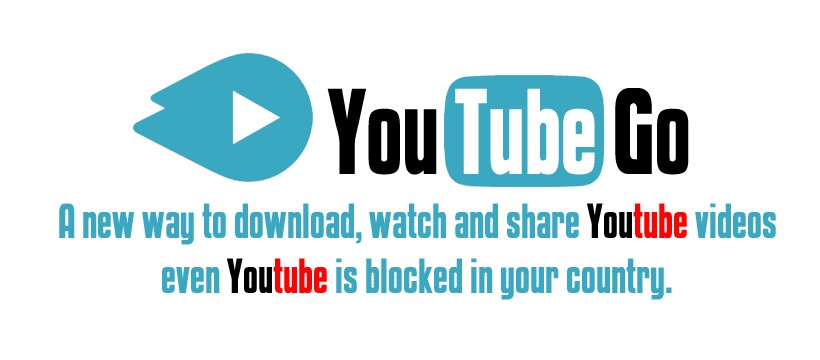
ChatGPT 4 Top key features
As an AI language model, ChatGPT 4 has several features that make it a powerful tool for various natural language processing tasks. Here are some of its key features:
- Large training dataset: ChatGPT 4 has been trained on a massive dataset of text from various sources, including books, articles, websites, and social media. This allows it to generate responses that are fluent and natural-sounding.
- Contextual understanding: ChatGPT 4 uses a transformer-based architecture that allows it to understand the context of a conversation and generate responses that are appropriate to the situation. It can also take into account previous messages in a conversation to provide more accurate and relevant responses.
- Multilingual support: ChatGPT 4 has been trained on text in multiple languages, which allows it to understand and generate responses in different languages. This makes it a valuable tool for cross-cultural communication and translation tasks.
- Fine-tuning capabilities: ChatGPT 4 can be fine-tuned on specific tasks or domains to improve its performance in those areas. This allows it to be customized for different applications, such as customer service, chatbot development, or content generation.
- Knowledge integration: ChatGPT 4 can integrate external knowledge sources, such as databases or knowledge graphs, into its responses. This allows it to provide more informative and accurate answers to questions.
- Adaptive learning: ChatGPT 4 has the ability to learn and adapt to new information over time. This allows it to improve its responses and stay up-to-date with new trends and developments.
- Emotion recognition: ChatGPT 4 has the ability to recognize and respond to emotions in text. This makes it a valuable tool for applications such as sentiment analysis, customer service, and mental health support.
- Reasoning and inference: ChatGPT 4 can perform reasoning and inference tasks, such as logical deduction, analogy-making, and problem-solving. This allows it to generate more complex and sophisticated responses.
- Continual learning: ChatGPT 4 has the ability to continually learn from new data and feedback. This allows it to adapt to changing user needs and preferences, and improve its performance over time.
- Customizability: ChatGPT 4 can be customized and fine-tuned for specific use cases, such as chatbot development, content creation, or language translation. This allows it to be tailored to the needs of different applications and industries.
- Paraphrasing: ChatGPT 4 can generate paraphrased versions of input text, which can be useful for tasks such as text summarization, language translation, and content creation.
- Multi-turn conversation: ChatGPT 4 can carry out multi-turn conversations, where it can remember previous messages and provide more coherent and personalized responses. This makes it a valuable tool for chatbot development and customer service.
- Naturalness: ChatGPT 4 generates responses that are fluent and natural-sounding, which makes it easy for users to engage in a conversation with it.
- Diversity: ChatGPT 4 can generate diverse and varied responses to the same input text, which makes it a useful tool for content creation and creative writing.
- Zero-shot learning: ChatGPT 4 can perform zero-shot learning, which means it can generate responses to input text that it has never seen before. This allows it to generalize to new and unseen data, which is a valuable capability in many real-world applications.
- Transfer learning: ChatGPT 4 can leverage pre-trained language models to learn new tasks or domains more quickly and efficiently. This allows it to adapt to new use cases and industries with minimal additional training.
- Task-oriented dialogue: ChatGPT 4 can generate responses that are specific to a particular task or domain, such as booking a hotel room or ordering food. This makes it a useful tool for developing task-oriented dialogue systems.
- Named entity recognition: ChatGPT 4 can identify and extract named entities, such as people, places, and organizations, from input text. This allows it to generate more informative and accurate responses.
- Document generation: ChatGPT 4 can generate entire documents, such as news articles, product descriptions, and legal contracts, based on a set of input requirements. This makes it a valuable tool for content creation and data augmentation.
- Accessibility: ChatGPT 4 can be used to develop accessible interfaces for individuals with disabilities, such as speech and hearing impairments. This makes it a valuable tool for promoting inclusivity and accessibility in technology.
- Voice-based interfaces: ChatGPT 4 can be integrated with voice-based interfaces, such as Amazon Alexa or Google Assistant, to provide natural language understanding and generation capabilities. This makes it a valuable tool for developing voice-based applications.
- Privacy: ChatGPT 4 can be used to develop privacy-preserving applications, where user data is not stored or shared with third parties. This makes it a valuable tool for developing ethical and privacy-focused technology.










